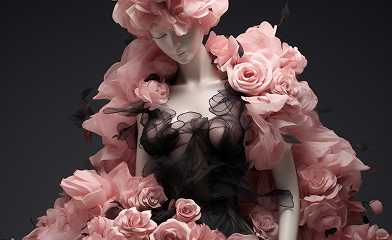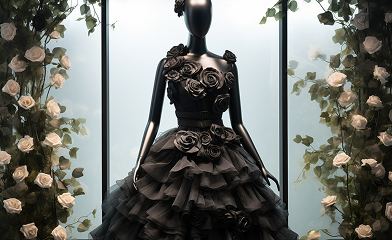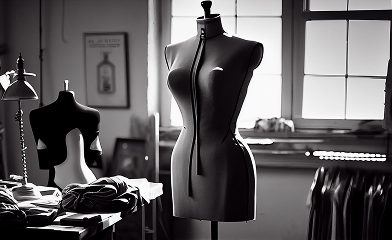Mannequins are divided into several main categories based on their use and design:
1. Full-body mannequins
These types of mannequins resemble a full-body human and are widely used in exhibitions, stores, and fashion shows.
• Advantages: Realistic and natural appearance for full-body garments
• Disadvantages: Higher price, heavier transportation
2. Torso mannequins
Includes the upper part of the human torso (shoulder to waist or lower) used to display upper body garments such as shirts, coats, and T-shirts.
• Advantages: Lightweight and suitable for display cases and shelves
• Disadvantages: Limited display of full-body garments
3. Leg mannequins
Usually used to display pants, socks, shoes, and underwear.
• Advantages: Specialized for displaying bottom clothing
• Disadvantages: Lack of overall clothing display
4. Head & Neck mannequins
Used to display hats, glasses, necklaces, scarves, and face and neck accessories.
• Advantages: Suitable for displaying accessory details
• Disadvantages: Limited use to displaying accessories
5. Child and infant mannequins
Designed to display children’s and infant clothing and have sizes and shapes appropriate for different ages.
• Advantages: Accurate appearance and appropriate for the child’s age
• Disadvantages: Need for a wide variety of sizes
6. Sports and fitness mannequins
These mannequins are more muscular and designed with specific body positions and are mostly used in sporting goods stores.
• Advantages: Conveys a sense of strength and fitness
• Disadvantages: Suitable for specific sportswear
Other categories based on material and application:
• Adjustable mannequins:
With movable joints to change position and size
• Fixed mannequins:
Without joints and fixed position, suitable for fixed display in windows
• Digital mannequins (3D):
Computer three-dimensional models used in cyberspace and online sales





